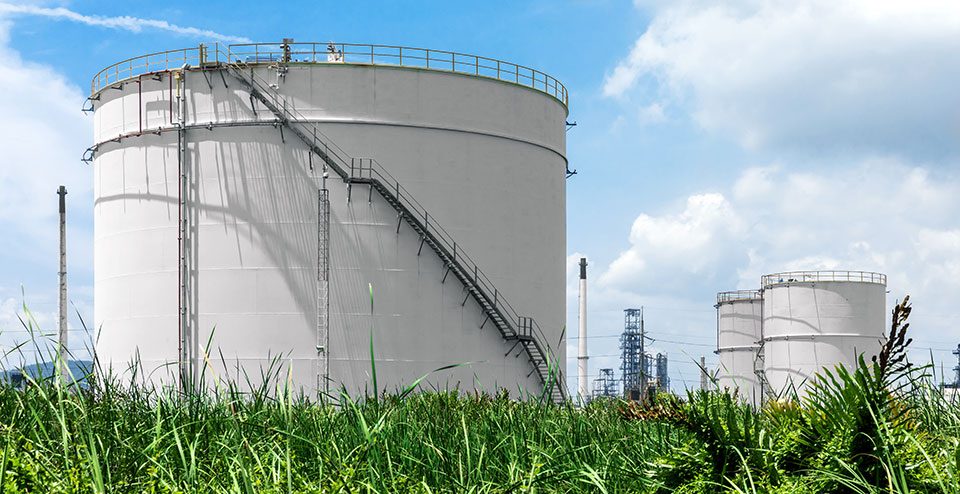West Virginia’s first oil field began producing just before the Civil War, and peak production of 16 million barrels per year was reached in 1900. Although the state’s annual crude oil production in the 21st century is much less than 1% of the nation’s total, production has been rapidly increasing since 2012. Much of the state’s crude oil production has been derived from stripper wells (wells producing fewer than 10 barrels of oil per day). However, recent drilling in the Marcellus Shale in West Virginia’s northern panhandle has discovered liquid hydrocarbons, including crude oil and natural gas liquids. Most of the recent increased production has come from the northern part of the state.
West Virginia has one oil refinery, located on the Ohio River at Newell, at the extreme northern tip of the northern panhandle. The Newell refinery can process more than 22,000 barrels of crude oil per calendar day. The crude oils processed are Appalachian grade paraffinic crude oils, particularly Pennsylvania grade, that are gathered from facilities throughout Ohio, Pennsylvania, West Virginia, Kentucky, and New York. The crude oil arrives at the refinery by truck, barge, and pipeline. The refinery produces paraffinic specialty products and ultra-low sulfur fuel products that are sold in the regional market. The refined products are used in a variety of applications, including compounding motor oils, gear oils, greases, pharmaceutical and agricultural spray oils, food-grade applications, and high-temperature rubber applications. The Ohio River, on the state’s western border, serves as a major petroleum product transportation route.
Petroleum consumption per capita in West Virginia ranks below the national average. Most of the petroleum is used for transportation fuels. West Virginia allows the statewide use of conventional motor gasoline. There are no ethanol plants in West Virginia, but the number of ethanol fueling stations selling E85, a blend of 85% ethanol and 15% gasoline, is increasing. Source: EIA (July 21, 2016)



